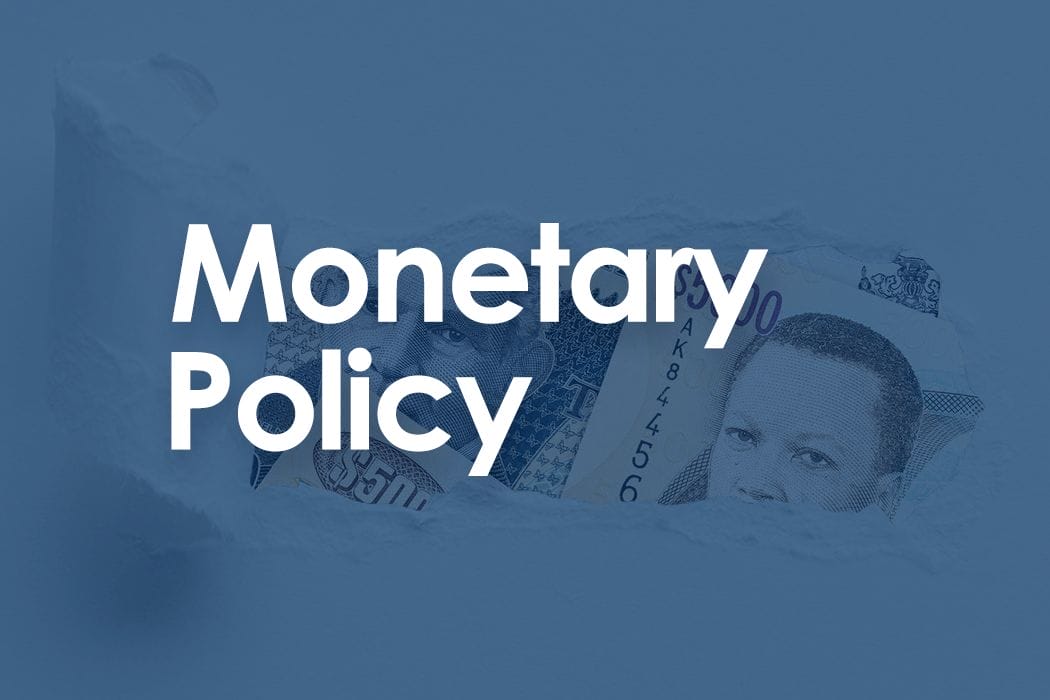
BANK OF JAMAICA REDUCES MONETARY ACCOMMODATION
Bank of Jamaica (BOJ) announces its decision to increase the policy interest rate (the rate offered to deposit-taking institutions on overnight placements with BOJ) by 50 basis points to 4.50 per cent per annum, effective 30 March 2022. The Bank also decided to continue pursuing other measures to contain Jamaican dollar liquidity expansion and maintain stability in the foreign exchange market. The Monetary Policy Committee (MPC) is prepared to take further actions at its next meeting depending on the incoming data.
The MPC’s decisions aim to limit the second-round effects of the ongoing and protracted commodity price shock and guide inflation back to the target range over the next two years. The measures will cause liquidity conditions to remain tight and interest rates on deposits and loans to rise, making savings in Jamaican dollars more attractive relative to foreign currency assets and borrowing in Jamaican dollars more expensive. This will temper the demand for foreign currency and hence moderate the pace of depreciation in the exchange rate and its consequent impact on inflation. Bank of Jamaica’s international reserves remain strong, underpinning the Bank’s capacity to support the foreign exchange market when necessary. Additionally, the increases in the interest rate will generally reduce demand in the economy and, consequently, businesses’ ability to pass on price increases to consumers.
The Bank’s decision to further reduce the level of monetary policy accommodation was made by a unanimous vote by the MPC. This decision was based on the following assessments:
- Annual inflation at February 2022 of 10.7 per cent continued to breach the upper limit of the Bank’s target range of 4.0 per cent to 6.0 per cent and the risks to the inflation forecast are assessed to be skewed to the upside. The Bank’s forecast envisioned that inflation would successively breach the upper limit of the Bank’s target range over the next 8 – 10 months, peaking in the range of 9.0 to 11.0 per cent.
- The major upside risk is higher-than-projected increases in international commodity and shipping prices and their impact on domestic prices. This risk largely emanates from the invasion of Ukraine by Russia and the imposition of economic and financial sanctions on Russia by Western industrialized nations, resulting in higher volatility in international energy, commodity and financial markets. Further increases in inflation expectations stemming from the impact of the conflict on international commodity and shipping prices are also an upside risk.
- On the other hand, the main downside risk (which means that actual inflation could track below the forecast) is lower domestic demand. The conflict could adversely affect the tourism industry and related services and worsen already impaired supply chains. In addition, new waves of the Covid-19 virus and the impact of higher inflation on real incomes could negatively affect both domestic and external real GDP growth.
- The Federal Reserve Board (Fed) on 16 March 2022 decided to increase the benchmark federal funds rate by 25 bps. The Fed also signalled that the policy rate could be increased at a faster pace in 2022 than originally projected.
A summary of the discussions influencing the monetary policy decision by the MPC has been published on the Bank’s website.
The date of the next policy decision announcement is 19 May 2022.
– 30 –








